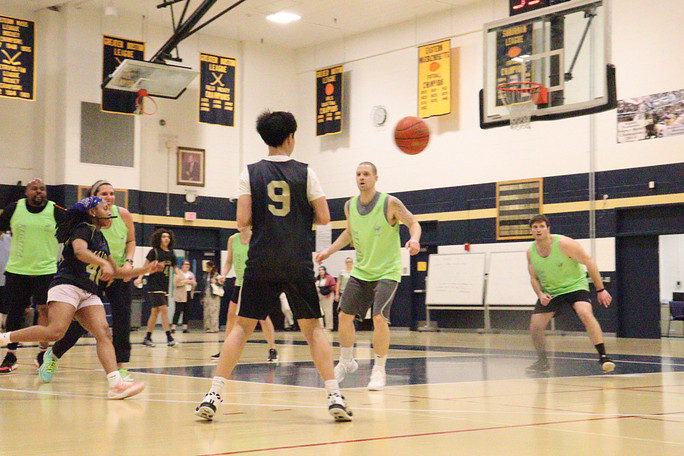By Gabriella Onessimo and Tatum Skiffington
Track is a stimulating sport that requires an equal amount of physical endurance as well as mental strength to be able to run at faster speeds and longer distances. The rewards athletes get from track are boundless, from the chance to accomplish athletic goals and build a cooperating system with fellow track mates. However, one universal drawback most track athletes eventually face are shin splints.
All kinds of athletes can suffer from shin splints, such as dancers, military members, and runners in general. There are three kinds of shin splints, the most common being as medial tibial stress syndrome (MTSS). It is defined by excruciating pain around the shin bone (tibia). The other types are called tibial stress fracture (TSF; pain directly over the shin bone) and anterior tibialis tendonitis (around the lower leg bone). It typically arises when an athlete’s physical routine has been rigorously intensified or in the beginning phases as stress placed on an area of one’s hips and legs often result in the pain shin splints induce.
There are multiple causes known to create shin splints, including muscle weakness, difficulty with flexibility, hormonal imbalance, flat feet and uncomfortable footwear. The primary symptom are achiness and pangs in the shin bone area that occur when participating in physical activities. Additional symptoms include nerve sensations as well as tenderness and soreness on the inner lower leg. Junior Rishtly Desir experienced shin splints from participating in track last year. Although he could walk normally, shin splints “prevented [him] from running at [his] full potential.”
There are many ways to cope and overcome shin splints. Although they can be extremely painful and inconvenient, most cases can be treated with at home remedies and over-the-counter pain reliever. Many sports clinic websites suggest resting for approximately a week and waiting until the pain subsides to resume running frequently. Other solutions include:
- Icing the affected area
- New shoes that fit properly
- Stretches that alleviate the pain (various instructions can be found online, such as calf stretches and wall shin raises)
Shin splints are a common hindrance to athletes. They can be extremely painful, and put their running careers to a swift stop. Without proper treatment, shin splints can progress and become even more painful and threatening. However, with appropriate stretching and footwear, shin splints can be easily avoided as a runner.






